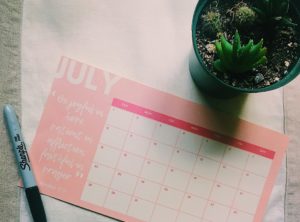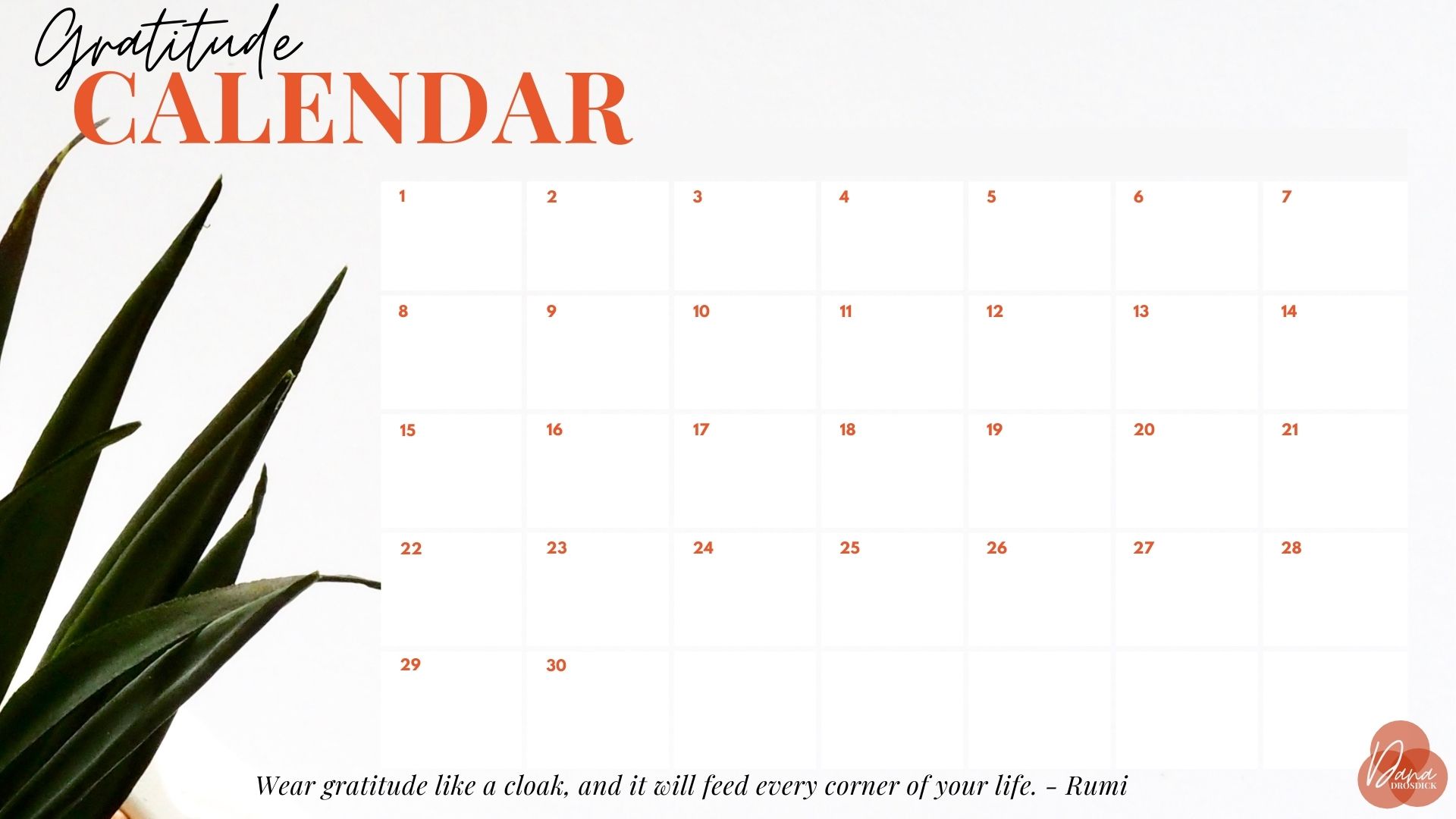
While health and wellness experts are quick to tout the importance of physical exercise on the body and brain, a growing body of research supports the benefits of a new type of exercise—an exercise in gratitude.
According to Robert A. Emmons, a gratitude expert and professor of psychology at Berkeley, gratitude affects everything from the physical (producing a stronger immune system, lower blood pressure, and fewer aches and pains) to the psychological (resulting in increased optimism to a sense of keener alertness), and the social as well (ex. feeling more outgoing, forgiving, generous, compassionate, etc).
Emmons defines gratitude as the “affirmation of goodness…and figuring out where that goodness comes from.” He goes on to explain how gratitude is the act of realizing that this goodness comes from outside of ourselves, and acknowledging with humility that we are inextricably interconnected—bound to our social network.
As a proponent of positivity and mental wellness, work by Emmons and other gratitude experts has inspired my personal gratitude practice, helping me recognize the gifts that come from the natural world, my social circle, and everything else around me.
However, there are still days and times when this practice of intentional gratitude becomes more difficult than others. When those times come (as they inevitably do), I find the best way to get back on track is with a gratitude calendar—a visual reminder to stay thankful for those in my life.
While it’s all too easy to forget to thank those in our lives for their presence, taking the time to create a gratitude calendar is a helpful, easy way to stay more connected and work on that gratitude muscle that provides countless benefits for the mind, body, and soul.
What Is A Gratitude Calendar?
Simply stated, a gratitude calendar is a calendar created with the intention of expressing gratitude in different ways and forms.
Styles of gratitude calendars include:
- Creating a calendar of different ways to practice gratitude each day (ex. writing a letter, sending a text, giving someone a hug)
- Writing a different loved one’s name each day
- Setting prompts to inspire a gratitude journal
While each person benefits from a different style of gratitude calendar, my preferred method is writing down 30 different names of people to thank, since I find it pushes me to connect with those I haven’t reached out to in a while and go beyond my immediate circle.
Creating Your Own Gratitude Calendar
1. Buy or Make a Calendar
As a proponent for a more minimalist lifestyle, I’m all about getting crafty and designing my own 30 day calendar on design websites like Canva.com rather than purchasing one.
One of my favorite places to keep a gratitude calendar is right on my phone screen. I’ve included 30-day gratitude calendar templates below for your use on your phone or in print, but you can always do this with your own planner or calendar that you have at home too!
2. Pick your Gratitude Challenge
Are you going to write letters to 30 different people, or do you prefer to practice a more holistic gratitude for the world surrounding you? Set thirty minutes aside to fill out your calendar to kick start your journey. Some fun ideas include sending a text, mailing a gift, scheduling a Skype call, or writing a letter. At the end of the day, you need to do what’s most suited to you and your personality—since gratitude should always come from the heart!
3. Stay on Track
As a Type-A checklist nerd, this is my favorite part! For every day completed, put a big fat check mark and make sure you’re setting SMART goals (specific, measurable, attainable, achievable, relevant, time-bound) to stay on target.
For the on-the-go guy, gal, or pal, try to set a specific time to work on your gratitude practice (and yes, it is a practice). Whether it’s right when you wake up, during lunch, or just before bed, make sure to take those couple minutes to check off your gratitude goal for the day.
***
By the end of my first 30-day gratitude challenge, I noticed feeling happier, healthier, and more connected than I did previously.
30-Days of gratitude is a great way to get back on track, become more thankful for those in your life, and increase your sensitivity to the needs of others. Buy, make, or print out your gratitude calendar and try a 30-day gratitude calendar experiment for yourself to see the results.
Have other ways you work to practice gratitude?
Happy practicing!


Also by Dana: These 5 Books On Minimalism Make Your Life Chic, Joyful, Inspired
Get more like this—Sign up for our daily inspirational newsletter for exclusive content!
__
Photo: Dana Drosdick




